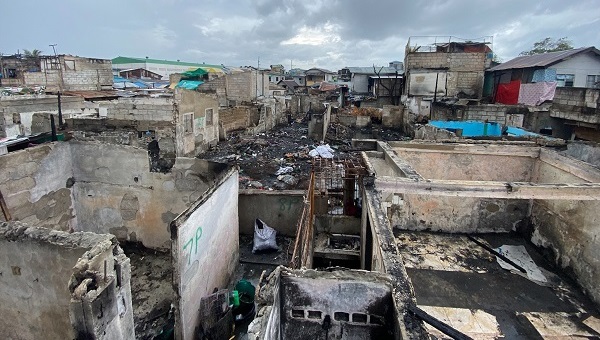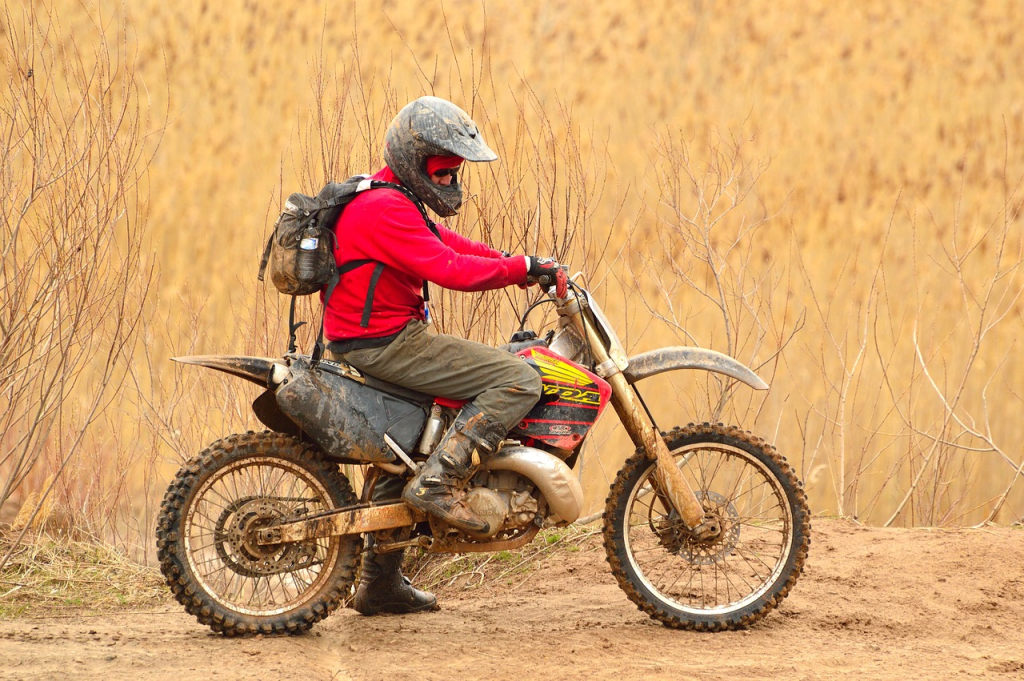In the aftermath of devastating fires, communities in low-income areas face heightened challenges in securing basic necessities, with clean water emerging as a paramount concern. The impact of fires often exacerbates existing vulnerabilities, underscoring the need for swift and targeted assistance.
Step 1 – Select your Group of Recipients and Target Area(s)
- The first crucial step in any clean water initiative is to identify the specific group of recipients and target areas. Low-income areas may have limited access to resources, making them a priority for aid.
- Collaborate with local authorities, NGOs, or community leaders to accurately pinpoint the areas most in need.
Step 2 – Select the Number and Type of Items you want to give away
- Common items may include bottled water, water purification tablets, water filters, and water storage containers.
- Consider the size of the affected population to ensure an ample supply for everyone in need.
Step 3 – Plan a Setup and Flow of Distribution
- There are two parts of the distribution: Transportation and Handover
- Transportation: Do you want to use a vehicle? Can you do it alone or do you need help? Can you load everything at once or need to go back in between to load more items? Do you for example need storage so the water doesn’t get contaminated?
- Handover: How will you find the recipient? How will you approach him/her? Will you say something before or afterwards?
- Plan the flow of distribution to avoid congestion and ensure that everyone in need has an opportunity to receive clean water.
- If you have to record the handover, don’t hold the camera straight into your recipient’s face or even ask them to pose. Recipients will not feel good about receiving your gift if they are just used for your video.
Step 4 – Buy and prepare all Materials required for your Plan
- Ensure that water containers are clean, and any water purification methods are tested and ready for use.
- Collaborate with local vendors or suppliers to source materials economically, ensuring the quality of the water, and packaging the items securely
- Consider partnering with local businesses or water suppliers to optimize the availability of resources.
Step 5 – Organize help for Distribution if necessary
- Large-scale clean water distribution may require additional manpower. Collaborate with local volunteers, community organizations, or NGOs to ensure a well-coordinated effort.
- Look to hire help from local drivers or errand-runners if the distribution requires a large-scale distribution
- Consider writing little notes and attaching them to bottles of water to uplift the spirits of those affected.
- Make sure the vehicle is able to support the total size and weight
Step 6 – Do the Distribution
- Execute the distribution plan efficiently, prioritizing the most affected areas. Ensure that everyone has equal access to clean water.
- Prepare some more time than you think for unexpected situations (traffic, not finding enough recipients right away, etc.)
- Be flexible in case something goes wrong to at least make the best out of it for yourself and the recipients. It’s the thought that counts and many people will appreciate that already.
- Communicate clearly with recipients, providing guidelines on proper water usage and storage to maximize the impact of the distribution.



